Forestry Economic Contributions
- August 6, 2024
- 0 comment
Forestry economic contributions the forestry sector plays a pivotal role in the global economy, contributing significantly to employment, trade, and sustainable development. Beyond its economic contributions, forestry also supports ecological balance and biodiversity, underscoring its multifaceted importance.
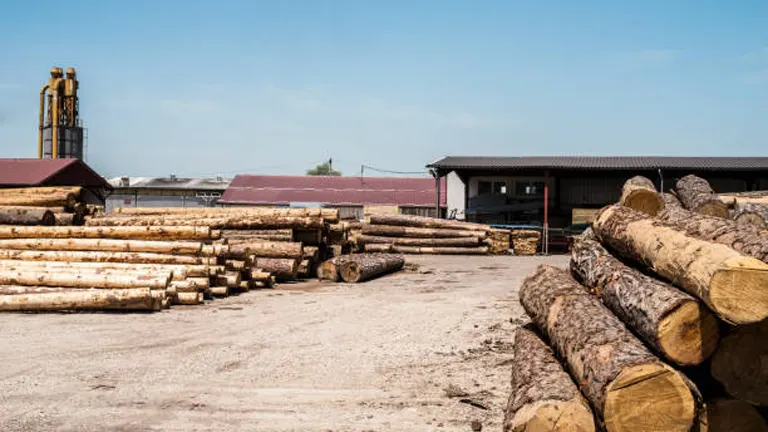
Understanding these impacts underscores the critical need for sustainable forest management to ensure long-term economic and environmental health.
Forestry Sector
The forestry sector encompasses various industries and activities directly and indirectly related to forests. This includes timber production, where trees are cultivated, harvested, and processed into wood products used in construction and manufacturing. The paper and pulp industry is another major component, converting wood into paper, cardboard, and other related products. Additionally, the sector covers bioenergy, utilizing forest biomass as a renewable energy source, and the harvesting of non-timber forest products like resins, nuts, and medicinal plants. Forest-based tourism also falls under this sector, generating revenue through recreational activities and promoting conservation of natural landscapes.
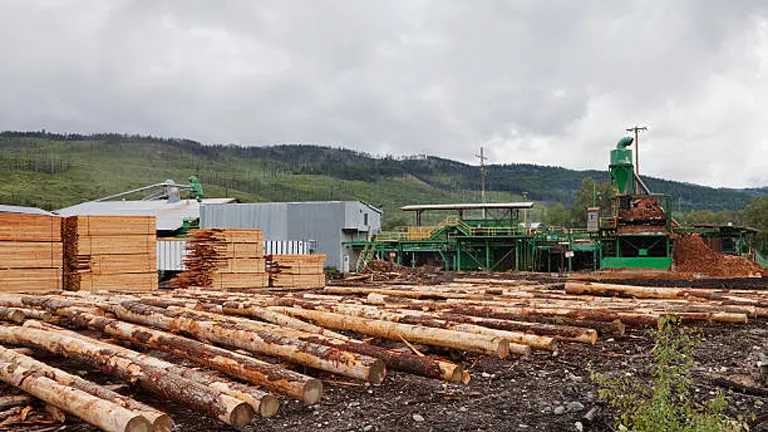
- Timber Production: This is the primary activity in the forestry sector, involving the cultivation, harvesting, and processing of trees for wood products.
- Paper and Pulp Industry: One of the largest consumers of timber, this industry converts wood into paper, cardboard, and other pulp products.
- Bioenergy: Forest biomass is increasingly used as a renewable energy source, contributing to energy security and sustainability.
- Non-Timber Forest Products (NTFPs): These include resins, nuts, fruits, and medicinal plants harvested from forests, providing income and employment to local communities.
- Forest-based Tourism: Ecotourism and recreational activities in forested areas generate significant revenue and promote the conservation of natural landscapes.
Economic Contributions
The forestry sector contributes to the economy in several vital ways. It provides millions of jobs globally, supporting both urban and rural communities through direct and indirect employment. Additionally, it generates significant revenue through the export of non-timber and timber products, which bolsters national economies. The sector also plays a crucial role in sustainable development by promoting practices that protect biodiversity and combat climate change. Moreover, forestry supports various industries such as paper, construction, and bioenergy, creating a broad economic impact across multiple sectors.
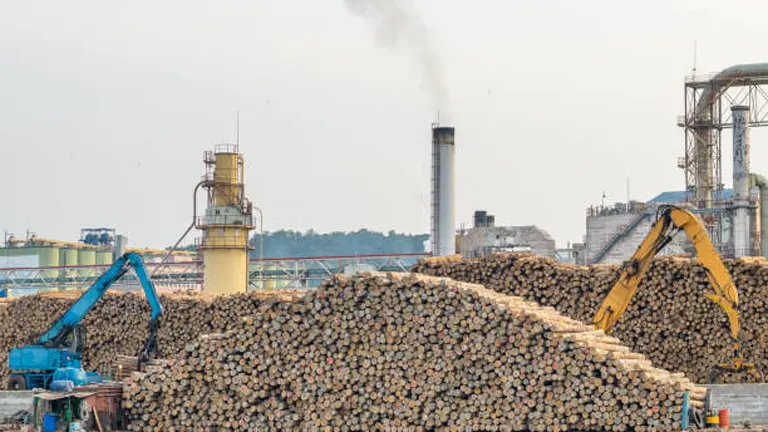
- Gross Domestic Product (GDP): In many countries, the forestry sector is a substantial part of the GDP. For example, in Canada, the sector contributed approximately 1.6% to the national GDP in 2020. Similarly, in countries like Finland and Sweden, the forestry sector’s share of GDP is significant due to their extensive forest resources.
- Employment: The sector provides millions of jobs globally, both directly and indirectly. In the United States, the forestry and logging industry employed about 55,000 people in 2021. When considering downstream industries such as paper manufacturing and furniture production, the employment impact is even greater.
- Rural Development: Forestry activities are often located in rural and remote areas, providing essential economic opportunities and infrastructure development. This helps in reducing rural-urban migration and supports the livelihoods of indigenous and local communities.
- Export Revenues: Forest products are major export commodities for many countries. For instance, in 2020, the value of global forest product exports was over $270 billion, with significant contributions from countries like Canada, Russia, and the United States.
- Climate Change Mitigation: Forests act as carbon sinks, absorbing CO2 from the atmosphere. The forestry sector contributes to climate change mitigation efforts through sustainable forest management practices and the promotion of forest conservation and reforestation projects.
Challenges and Opportunities
Despite its economic importance, the forestry sector faces several challenges. Deforestation and illegal logging threaten the sustainability of forest resources, leading to biodiversity loss and environmental degradation. Market fluctuations, influenced by global economic conditions and trade policies, create financial instability for those dependent on forestry. Additionally, climate change poses a significant risk, altering forest ecosystems and increasing the frequency of natural disasters such as wildfires. Addressing these challenges requires robust policy frameworks, international cooperation, and the adoption of innovative technologies to ensure the sector’s long-term viability and sustainability.
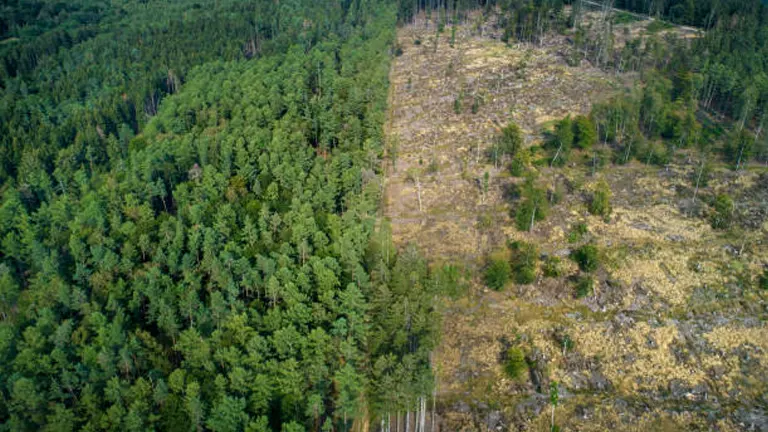
- Sustainability: Overexploitation of forest resources can lead to deforestation, loss of biodiversity, and degradation of ecosystem services. Sustainable forest management practices are essential to balance economic benefits with environmental protection.
- Market Fluctuations: The sector is vulnerable to market fluctuations, influenced by global economic conditions, trade policies, and demand for forest products. Diversification and innovation can help mitigate these risks.
- Technological Advancements: Embracing new technologies in forestry operations, such as precision forestry, remote sensing, and bioengineering, can enhance productivity and sustainability.
- Policy and Regulation: Effective policies and regulations are crucial to ensure the sustainable use of forest resources. International cooperation and agreements, such as the Paris Agreement, play a vital role in promoting sustainable forestry practices.
Economic Contributions to National Economies
The forestry sector is a major contributor to national economies, particularly in regions with vast forest resources. The global forest industry is valued at over $600 billion annually. This substantial figure encompasses various sub-sectors, including logging, timber processing, paper production, and non-timber forest products (NTFPs) such as resins, fruits, and medicinal plants.

The forestry sector contributes significantly to GDP and provides essential raw materials for numerous industries, from construction to pharmaceuticals. The demand for wood products, paper, and other forest-derived goods drives economic activity and stimulates investment in infrastructure and technology, further enhancing economic growth.
Employment Generation Forestry economic contributions
Forestry is a critical source of employment, particularly in rural and remote areas where alternative job opportunities may be limited. The sector provides direct employment in activities such as logging, forest management, and wood processing. Indirect employment is also generated in related industries, including transportation, machinery manufacturing, and retail.

Globally, the forestry sector employs millions of people directly, with additional millions working in downstream industries and services related to forestry. This employment supports local economies, providing livelihoods and contributing to social stability in communities dependent on forest resources. Jobs in forestry also tend to be diverse, ranging from highly skilled positions in research and management to labor-intensive roles in planting and harvesting.
Sustainable Practices and Economic Benefits
The economic contributions of the forestry sector are increasingly tied to sustainable practices. Sustainable forest management (SFM) ensures that forest resources are used in a way that maintains their biodiversity, productivity, and ecological processes. This approach not only conserves forests for future generations but also supports long-term economic benefits.

Sustainable forestry practices include selective logging, reforestation, and the certification of forest products through organizations such as the Forest Stewardship Council (FSC) and the Programme for the Endorsement of Forest Certification (PEFC). These certifications assure consumers that the products they purchase come from responsibly managed forests, enhancing market access and profitability for certified producers.
Moreover, sustainable forestry can open up new economic opportunities through ecosystem services. Forests provide a range of ecosystem services, including carbon sequestration, water regulation, and recreational opportunities. By monetizing these services through mechanisms such as carbon credits and eco-tourism, the forestry sector can diversify its revenue streams and enhance its economic resilience.
Socio-Economic Benefits
In addition to its direct economic contributions, the forestry sector plays a significant role in socio-economic development. Forests provide a source of subsistence and income for many rural communities, supporting traditional livelihoods and cultural practices. The availability of non-timber forest products, such as fruits, nuts, and medicinal plants, contributes to food security and health.

Educational and capacity-building initiatives within the forestry sector also foster community development. Training in sustainable forestry practices, resource management, and conservation techniques empowers local populations, promoting self-sufficiency and resilience.
Furthermore, the forestry sector contributes to infrastructure development in rural areas. Roads, schools, and healthcare facilities often improve as a result of investments linked to forestry activities, enhancing the quality of life for local residents.
Challenges and Future Outlook
Despite its significant contributions, the forestry sector faces several challenges. Deforestation, illegal logging, and climate change pose serious threats to forest resources and the economic benefits they provide. Addressing these challenges requires robust policy frameworks, international cooperation, and the adoption of innovative technologies.

The future of the forestry sector lies in balancing economic growth with environmental stewardship. Advancements in remote sensing, biotechnology, and sustainable management practices hold promise for enhancing the sector’s productivity and sustainability. Additionally, increasing consumer demand for sustainable and eco-friendly products is likely to drive further adoption of responsible forestry practices.
Conclusion
The forestry sector is a vital component of the global economy, contributing significantly to national GDPs, employment, and sustainable development. Its economic benefits are intertwined with environmental health, highlighting the importance of sustainable practices. By continuing to innovate and prioritize sustainability, the forestry sector can ensure its long-term economic viability while preserving the invaluable ecological functions of forests. The continued success of the forestry sector will depend on its ability to adapt to changing environmental conditions and market demands. Embracing sustainable practices and leveraging new technologies will be key to unlocking the full economic potential of forests while safeguarding their ecological integrity for future generations.
FAQs
- What is the forestry sector? The forestry sector includes activities related to the cultivation, management, and harvesting of forests for timber and non-timber products. It also encompasses industries such as paper and pulp production, bioenergy, and forest-based tourism.
- How does the forestry sector contribute to the economy? The forestry sector contributes to the economy through job creation, export revenues, contributions to GDP, and supporting related industries. It also plays a role in rural development and sustainable practices.
- What are non-timber forest products (NTFPs)? NTFPs include resources such as resins, fruits, nuts, and medicinal plants harvested from forests. These products provide additional income and employment opportunities, especially for local and indigenous communities.
- Why is sustainable forest management important? Sustainable forest management ensures that forest resources are used in a way that maintains their biodiversity, productivity, and ecological processes. This helps conserve forests for future generations while supporting long-term economic benefits.
- How does the forestry sector support rural development? Forestry activities often take place in rural and remote areas, providing essential economic opportunities and infrastructure development. This helps reduce rural-urban migration and supports the livelihoods of local communities.
- What role does the forestry sector play in climate change mitigation? Forests act as carbon sinks, absorbing CO2 from the atmosphere. The forestry sector contributes to climate change mitigation through sustainable management practices, forest conservation, and reforestation projects.
- What are the main industries within the forestry sector? The main industries within the forestry sector include timber production, paper and pulp manufacturing, bioenergy production, and forest-based tourism. Each of these industries plays a critical role in the overall economic impact of the sector.
- How does the forestry sector impact employment? The forestry sector provides millions of jobs globally, both directly and indirectly. It supports employment in areas such as logging, forest management, wood processing, and related industries like transportation and machinery manufacturing.
- What challenges does the forestry sector face? The forestry sector faces challenges such as deforestation, illegal logging, market fluctuations, and climate change. Addressing these challenges requires effective policies, international cooperation, and innovative technologies.
- What are the future prospects for the forestry sector? The future of the forestry sector lies in balancing economic growth with environmental stewardship. Advancements in technology, sustainable management practices, and increasing consumer demand for eco-friendly products will drive the sector’s growth and sustainability.
The forestry sector’s economic contributions are vast and multifaceted, impacting global and national economies, supporting millions of jobs, and playing a crucial role in sustainable development. Understanding the importance of this sector highlights the need for sustainable forest management practices to ensure long-term economic and environmental health. By continuing to innovate and prioritize sustainability, the forestry sector can thrive while preserving the invaluable ecological functions of forests for future generations.

James Wilson
Forestry AuthorJames Wilson has over 15 years of experience in forestry economics, specializing in sustainable practices, investment opportunities, and financial management. He has contributed to notable publications like "Forestry Today" and "EcoFinance Journal" and is known for providing practical and insightful advice. With a degree in Environmental Economics, James stays updated through continuous learning and active participation in industry discussions. Outside work, he enjoys hiking and nature photography, bringing a well-rounded perspective to his professional role.



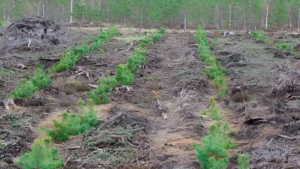






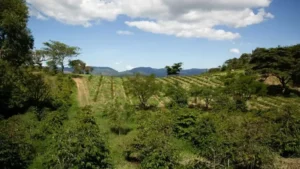
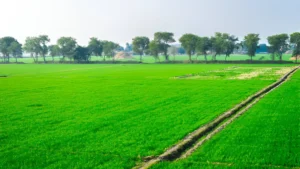

Leave your comment